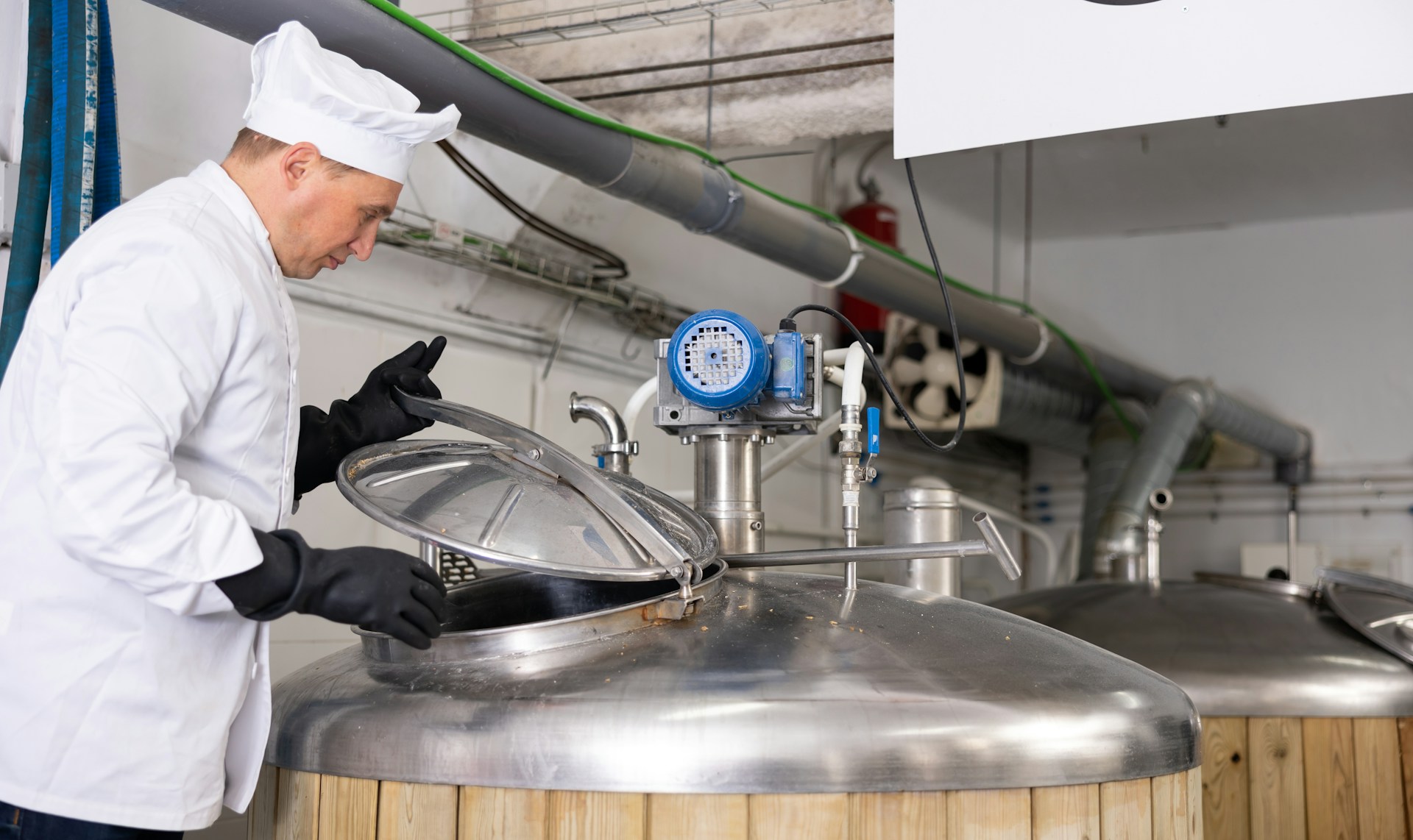
Concrete tank liners play a significant role in safeguarding tanks from damage. They serve as a protective layer, ensuring that tanks withstand various environmental factors. Among these, temperature fluctuations can pose a real challenge for concrete tank liners. As temperatures shift, the materials in these liners can expand and contract, leading to potential issues over time. This article explores how these temperature changes impact concrete tank liners and what it means for the maintenance of your tanks.
When the temperature rises during hot summer months or drops in winter, the integrity of concrete tank liners can be tested. Understanding how these fluctuations affect the liners helps in preparing and maintaining them effectively. By comprehending the nature of these changes, you can take proactive steps to ensure your tank liners remain in top condition throughout the year.
Understanding Temperature Fluctuations
Temperature fluctuations occur when there’s a change in the weather that causes temperatures to rise and fall. These changes are part of the natural cycle experienced throughout different regions and seasons. In some places, day and night temperatures can vary significantly, while in others, seasonal shifts might lead to extreme temperatures at specific times of the year.
Here’s a simple way to break down how temperature fluctuations work:
– Daily Variations: During the day, temperatures might peak as the sun heats up the environment, and at night, they drop as it cools down.
– Seasonal Shifts: In various parts of the world, spring might bring gradual warming, while autumn could usher in cooler evenings.
– Unexpected Changes: Sometimes, unexpected weather patterns, like a sudden cold front or heatwave, can cause sharp temperature changes.
These shifts can affect concrete tank liners as they respond to different temperature conditions. The expansion in heat and contraction in cold might lead to stress on the materials, challenging their structural integrity. Preparing for these potential issues by understanding temperature behaviors can protect your tanks from unexpected damage.
Effects of Temperature Fluctuations on Concrete Tank Liners
When temperatures shift, concrete tank liners undergo expansion and contraction. This stress can weaken the materials over time, leading to potential cracks. If these small cracks grow, they might allow water to seep in, which could damage the tank’s overall structure. Imagine the tank lining is like a rubber band; stretching and relaxing over and over can cause wear and tear. Similarly, continuous temperature changes create stress points that can undermine the tank liner’s effectiveness.
Here’s what you might notice with fluctuating temperatures:
– Expansion and Contraction: As temperatures rise, concrete liners expand. When it gets cold, they contract. This cycle creates stress that might lead to cracks.
– Cracking: Over time, minor cracks could form. If unchecked, these can lead to more serious damage.
– Efficiency Decline: A cracked liner doesn’t protect the tank as effectively from the elements, leading to potential leaks and reduced durability.
Understanding these effects helps in taking proactive steps to protect your tank liners, ensuring they provide the solid protection they were designed for.
Preventive Measures and Solutions
Prevention is better than dealing with major repair work. A few consistent practices make a big difference in ensuring that concrete tank liners remain in top-notch condition.
– Regular Inspections: Conducting regular checks allows you to spot early signs of stress or damage. Prevention is easier and cheaper than dealing with major repairs.
– Quality Materials: Using liners made with materials that cope better with temperature changes can add years to their life. Some modern materials expand and contract more gracefully, reducing the risk of damage.
– Protective Coatings: Insulation techniques and protective coatings add a layer of defence, helping to shield liners from the effects of temperature swings.
These solutions collectively support the integrity of concrete tank liners. Keeping an eye on your tank’s health prevents small problems from turning into significant issues, ensuring the tank continues to function efficiently.
Importance of Professional Assistance
Engaging experts for the installation and maintenance of concrete tank liners provides peace of mind. Professionals know what to look for and how to handle temperature fluctuation challenges, offering timely interventions when needed. Expert assessments help identify any threats to liner integrity before they escalate. Professional advice can also guide you on the best materials and stress management practices. By relying on skilled assistance, you ensure your tanks are well-protected, reducing the likelihood of costly repairs in the future.
Keeping Your Tanks in Optimal Condition
Navigating temperature fluctuations doesn’t have to be a headache. By understanding how temperatures affect concrete tank liners and knowing preventive measures, you set the stage for long-lasting protection. Regular checks and using high-quality materials are keys to keeping your tanks efficient. With professional input, you secure the optimal performance of your tanks, making sure they continue to serve you well. Prepare proactively, and your tanks will weather nearly any temperature ups and downs with minimal fuss.
Ensure your tanks stay in great shape despite temperature changes. By investing in quality solutions and regular upkeep, you extend the life and performance of your system. To explore professional options for protecting your tanks, learn more about concrete tank liners offered by ATM Tanks.
- Choosing the Best Tank Liners for Longevity - December 7, 2025
- Pro Solutions for Effective Industrial Tank Cleaning - December 7, 2025
- What to Do When Your Tank’s Waterproofing Fails - December 7, 2025






